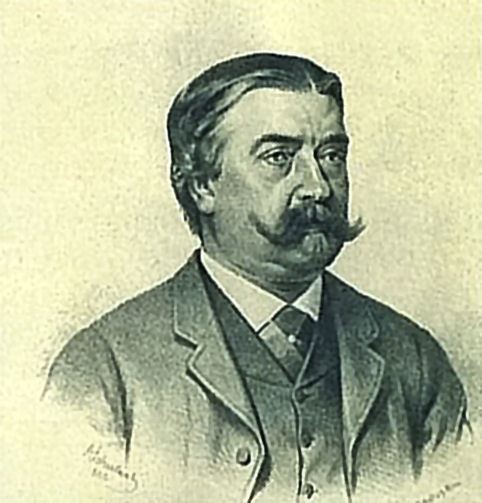Nationality Austrian Role Architect | Name Baron von Occupation Architect | |
 | ||
Buildings Kunsthistorisches MuseumBurgtheaterNeue Hofburg Died January 4, 1894, Vienna, Austria Structures Burgtheater, Naturhistorisches Museum, Neue Burg, Kunsthistorisches Museum Similar People Gottfried Semper, Heinrich von Ferstel, Theophil Hansen | ||
Baron Karl von Hasenauer (German: Karl Freiherr von Hasenauer, [ˈhaːzənaʊɐ]) (20 July 1833 – 4 January 1894) was an important Austrian architect and key representative of the Historismus school.
He created several Neo-Baroque monuments, many around near the Ringstraße in Vienna. He was also a student of August Sicard von Sicardsburg and Eduard van der Nüll. For his outstanding work, he was ennobled by Emperor Franz Joseph I in 1873, and made Freiherr, the equivalent of baron.
Hasenauer was the chief architect for the Vienna World's Fair in 1873. Together with Gottfried Semper he designed the complex with the Kunsthistorisches Museum (the Museum of Art History) and the Naturhistorisches Museum (Natural History Museum) (1871–1891), the Burgtheater (1874–1888), the Hermesvilla and the Neue Hofburg (1881–1894, completed in 1913).
After a conflict with his former business partner Semper he managed the building of the Hofburg alone. The conflict over attribution of their joint projects continues to this day between the supporters of Semper and Hasenauer. However, because the older master Semper is credited with the Semperoper in Dresden, Hasenauer receives more credit for the architecture in the Ringstraße.
